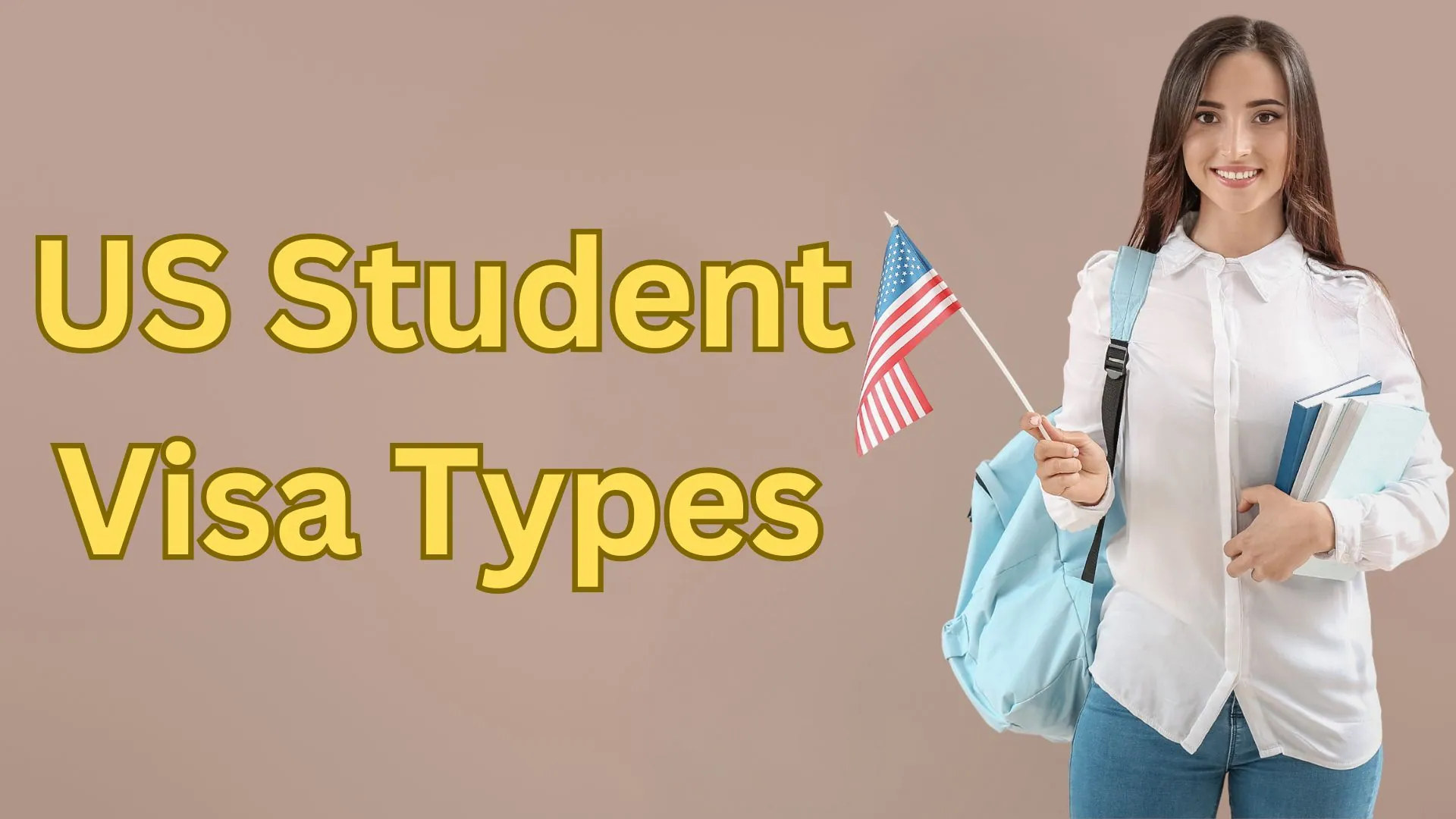US Student Visa is a nonimmigrant visa that allows foreign nationals to study in a foreign country.
The specific requirements for a student visa will vary depending on the country you are applying to study in, but some general provisions apply to most student visas.
If any student plans to study in the US, these key points help you understand the immigration process related to education. You must take a look!
What are the Types of US Student Visas
F-1 Visa (Academic Student Visa): This is the most common visa for international students pursuing degrees at accredited colleges and universities in the U.S.
M-1 Visa (Vocational Student Visa): This visa is for students in non-academic or vocational programs that provide specific skills or training.
Applying for a Student Visa
- The student first should apply for the visa in the US embassy or can apply in their own country.
- Students should have an acceptance certificate from a US university.
- The student must also confirm that they will return to their own country after their studies.
What is the difference between an F-1 Visa and a J-1 Visa
| Feature | F-1 Visa (Academic) | M-1 Visa (Vocational) |
|---|---|---|
| Program Type | Degree or diploma programs | Non-academic or vocational training programs |
| Examples | Universities, colleges | Part-time jobs in their field of study |
| Work Authorization | Part-time on-campus work (up to 20 hours/week) and OPT after graduation | Typically no work authorization |
General Requirements for a US Student Visa
- You must be accepted to a SEVP-certified educational institution in the United States.
- You must have a financial plan demonstrating you can support yourself while studying.
- You must meet the English language proficiency requirements of the school you are applying to.
- You must pay the application fee for the student visa.
How do I apply for a US Student Visa?
The application process for a student visa can vary depending on the country in which you are studying. However, the general steps involved are as follows:
- Apply to and be accepted by a SEVP-certified educational institution in the United States.
- Pay the SEVIS fee.
- Complete the DS-160 visa application form online.
- Schedule a visa interview at your home country’s U.S. embassy or consulate.
- Attend your visa interview and submit all required documents.
- Pay the visa application fee.
Work Opportunities On US Student Visa
- F-1 visa holders can do part-time jobs while pursuing their studies. After their studies, they can apply for Optional Practical Training (OPT), which allows them to work for 12 months (or 36 months for STEM fields) in their field of study without needing an employer sponsor.
- Unlike F-1 student visas, M-1 visas generally don’t allow off-campus work authorization. This means a U.S. company cannot typically employ you. The M-1 visa is designed for vocational or non-academic studies. The primary focus is completing your training program, not obtaining work experience.
Maintaining Visa Status
- Students must improve their studies to maintain their M-1 or F-1 visa.
- Students should strictly follow all the rules and regulations and respect all the employment restrictions.
Post-Study Options
- If the student has an F-1 Visa, he or she will apply for an extension to stay in the U.S.
- M-1 visa holders are eligible for practical training or employment related to their field.
Additional Considerations
Dependents: F-1 and M-1 visa holders can apply for F-2 and M-2 visas for spouses and unmarried children under 21 to accompany them in the U.S.
Visa Application Process: Both US Student Visa Types require application forms, interviews, and proof of financial support. However, the specific requirements may vary.
Immigration Regulations
Students should constantly update themselves on the changes in the immigration program through its official site or take the advice of experienced ones.
